The White House ignored a literal 'pandemic playbook' as it struggled to mount its coronavirus fight

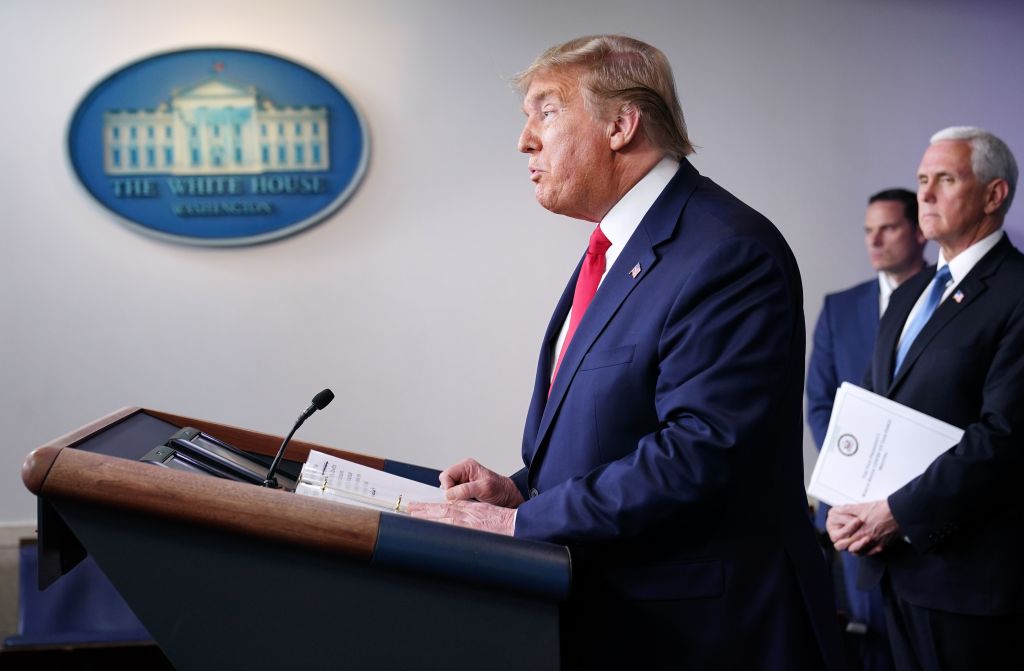
The White House has a color-coded, 69-page instruction manual for fighting pandemics, and had President Trump's staff used it, Politico reports, the "playbook would have been especially useful in helping to drive the administration's response to coronavirus, given that it was intended to guide urgent decisions and coordinate the all-of-government approach that Trump so far has struggled to muster." It would have advised action in mid-January to procure medical supplies, activate relevant agencies, and craft a unified communication strategy.
The National Security Council document, known as "the pandemic playbook," was compiled in 2016 to provide instructions for an expeditious, full-government response to a pandemic, drawn largely from lessons learned during the 2014-15 Ebola pandemic. The Trump administration was briefed on the playbook in 2017, and Trump's former homeland security adviser Tom Bossert "expressed enthusiasm about its potential as part of the administration's broader strategy to fight pandemics," Politico reports.
John Bolton, Trump's national security adviser at the time, ousted Bossert in 2018 and disbanded the NSC's pandemic response directorate, where the playbook resided. "It is not clear if the administration's failure to follow the NSC playbook was the result of an oversight or a deliberate decision to follow a different course," Politico says. A current NSC official told Politico "we are aware of the document" but called it "quite dated" and said "the plan we are executing now is a better fit, more detailed, and applies the relevant lessons learned from the playbook and the most recent Ebola epidemic."
The Week
Escape your echo chamber. Get the facts behind the news, plus analysis from multiple perspectives.

Sign up for The Week's Free Newsletters
From our morning news briefing to a weekly Good News Newsletter, get the best of The Week delivered directly to your inbox.
From our morning news briefing to a weekly Good News Newsletter, get the best of The Week delivered directly to your inbox.
The dismissal of "longtime disaster expert" Bossert is part of a larger pattern of "empty slots and high turnover" that has "left parts of the federal government unprepared and ill equipped for what may be the largest public health crisis in a century," The New York Times reports. Between firings and voluntary exits, Trump "now finds himself with a government riddled with vacancies, acting department chiefs, and, in some cases, leaders whose professional backgrounds do not easily match up to the task of managing a pandemic."
Among the relevant vacancies, Reuters reports, are dozens of U.S. federal "health experts, scientists, and other professionals" pulled from Beijing "who might have been able to help China mount an earlier response to the novel coronavirus, as well as provide the U.S. government with more information about what was coming."
A free daily email with the biggest news stories of the day – and the best features from TheWeek.com
Peter has worked as a news and culture writer and editor at The Week since the site's launch in 2008. He covers politics, world affairs, religion and cultural currents. His journalism career began as a copy editor at a financial newswire and has included editorial positions at The New York Times Magazine, Facts on File, and Oregon State University.
-
 How to financially prepare for divorce
How to financially prepare for divorceThe Explainer Facing ‘irreconcilable differences’ does not have to be financially devastating
-
 Why it’s important to shop around for a mortgage and what to look for
Why it’s important to shop around for a mortgage and what to look forThe Explainer You can save big by comparing different mortgage offers
-
 4 ways to save on rising health care costs
4 ways to save on rising health care costsThe Explainer Health care expenses are part of an overall increase in the cost of living for Americans
-
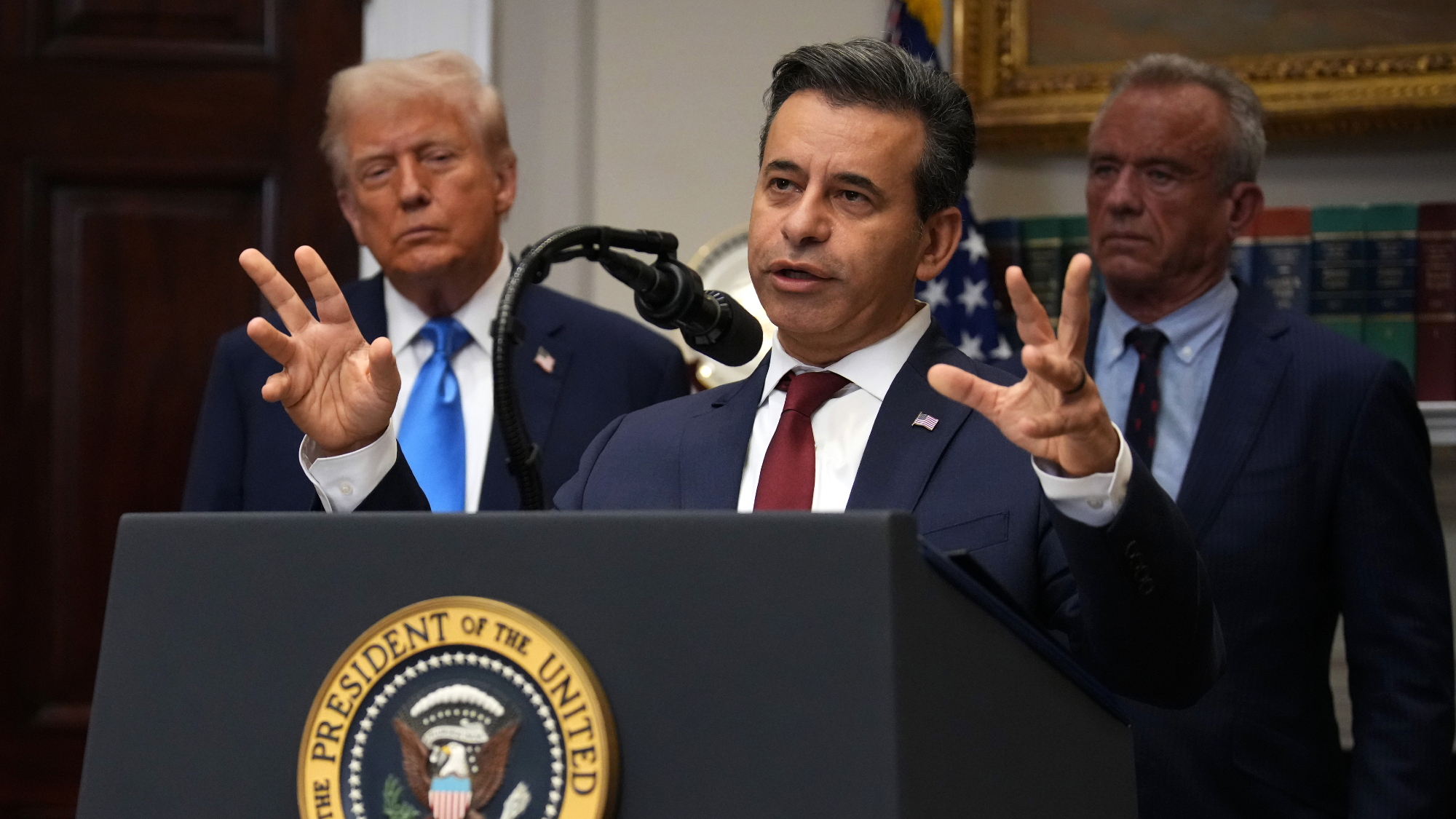 FDA OKs generic abortion pill, riling the right
FDA OKs generic abortion pill, riling the rightSpeed Read The drug in question is a generic version of mifepristone, used to carry out two-thirds of US abortions
-
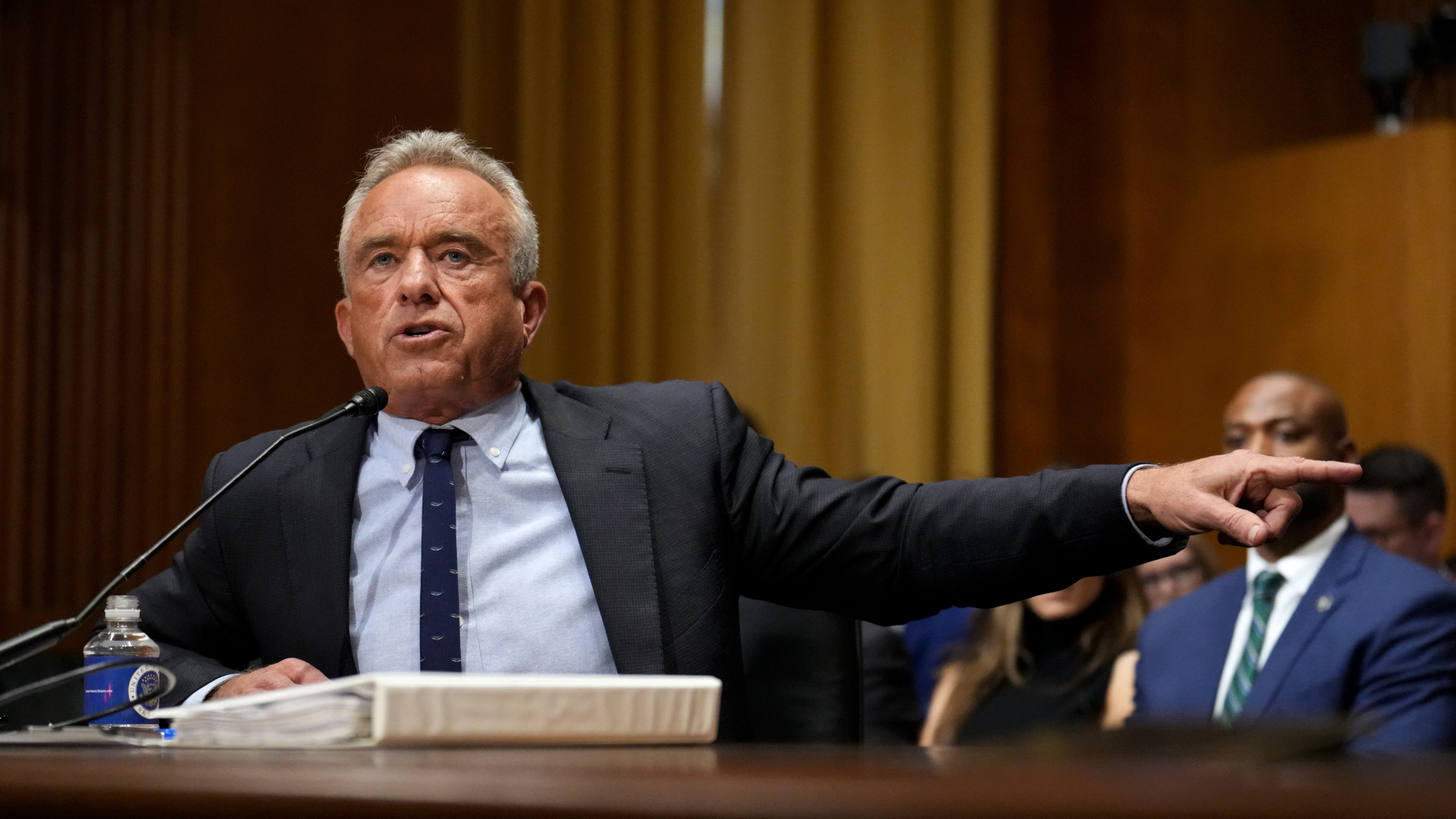 RFK Jr. vaccine panel advises restricting MMRV shot
RFK Jr. vaccine panel advises restricting MMRV shotSpeed Read The committee voted to restrict access to a childhood vaccine against chickenpox
-
 Texas declares end to measles outbreak
Texas declares end to measles outbreakSpeed Read The vaccine-preventable disease is still spreading in neighboring states, Mexico and Canada
-
 RFK Jr. shuts down mRNA vaccine funding at agency
RFK Jr. shuts down mRNA vaccine funding at agencySpeed Read The decision canceled or modified 22 projects, primarily for work on vaccines and therapeutics for respiratory viruses
-
 Measles cases surge to 33-year high
Measles cases surge to 33-year highSpeed Read The infection was declared eliminated from the US in 2000 but has seen a resurgence amid vaccine hesitancy
-
 Kennedy's vaccine panel signals skepticism, change
Kennedy's vaccine panel signals skepticism, changeSpeed Read RFK Jr.'s new vaccine advisory board intends to make changes to the decades-old US immunization system
-
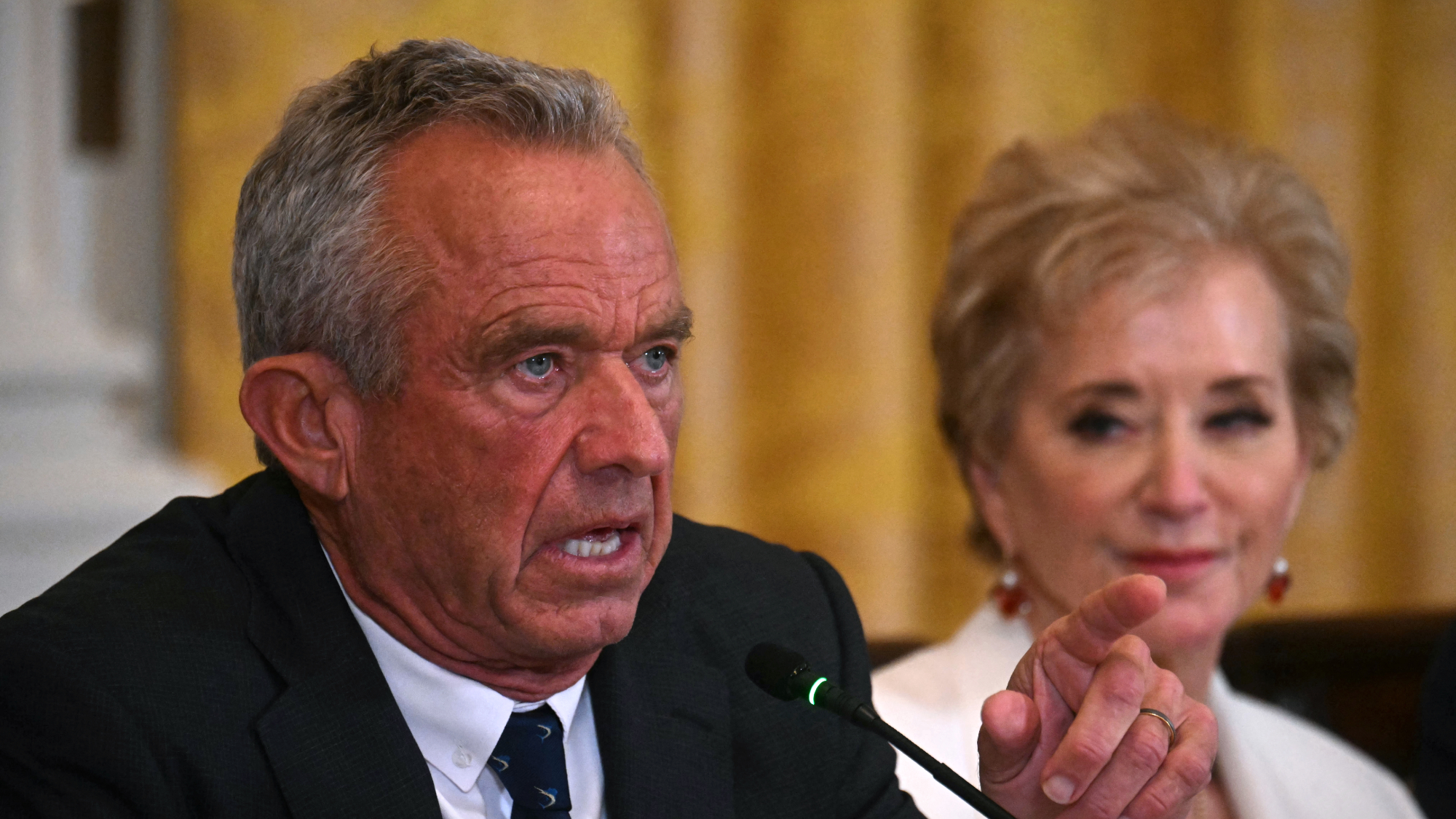 Kennedy ousts entire CDC vaccine advisory panel
Kennedy ousts entire CDC vaccine advisory panelspeed read Health Secretary RFK Jr. is a longtime anti-vaccine activist who has criticized the panel of experts
-
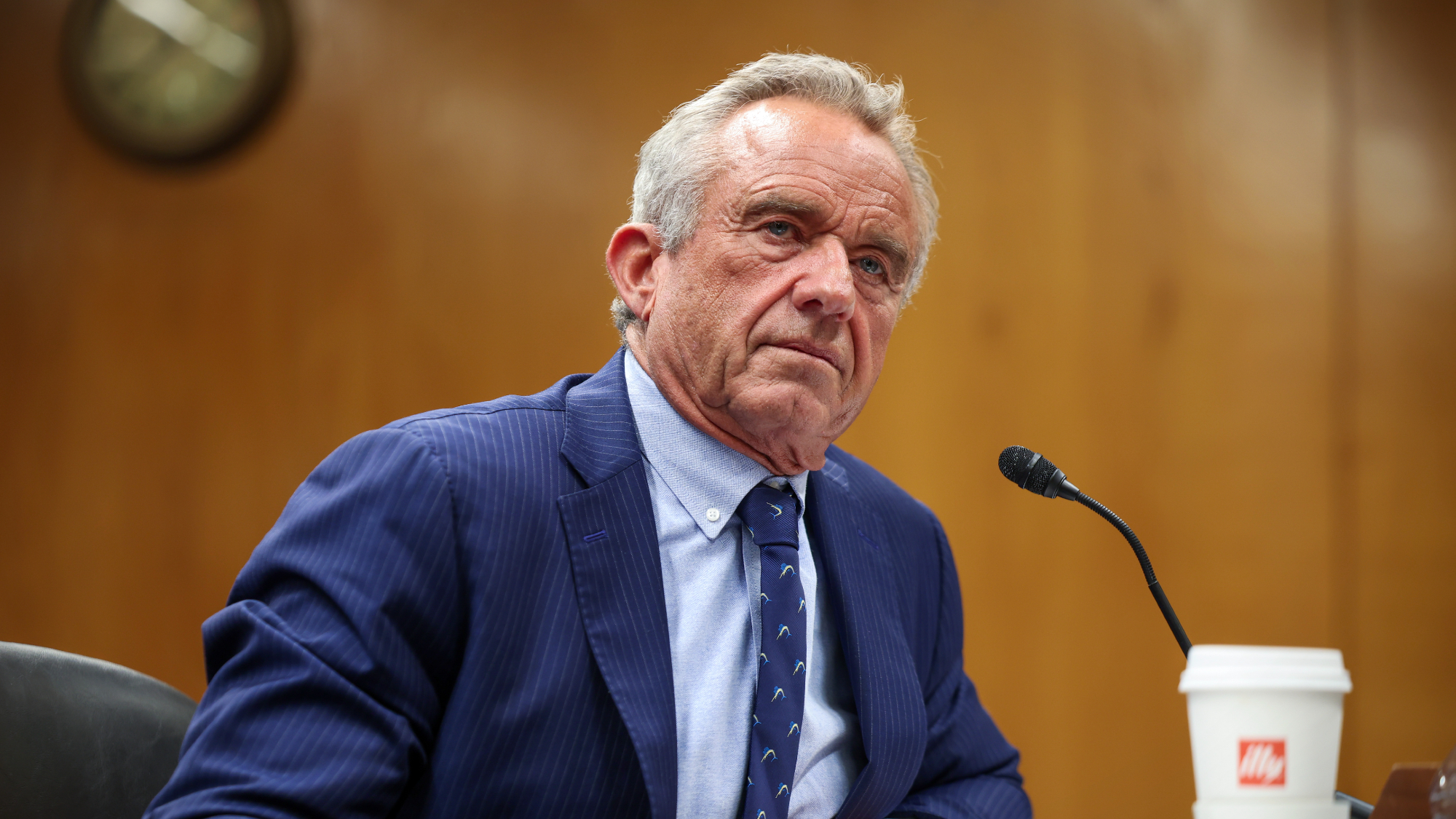 RFK Jr. scraps Covid shots for pregnant women, kids
RFK Jr. scraps Covid shots for pregnant women, kidsSpeed Read The Health Secretary announced a policy change without informing CDC officials
